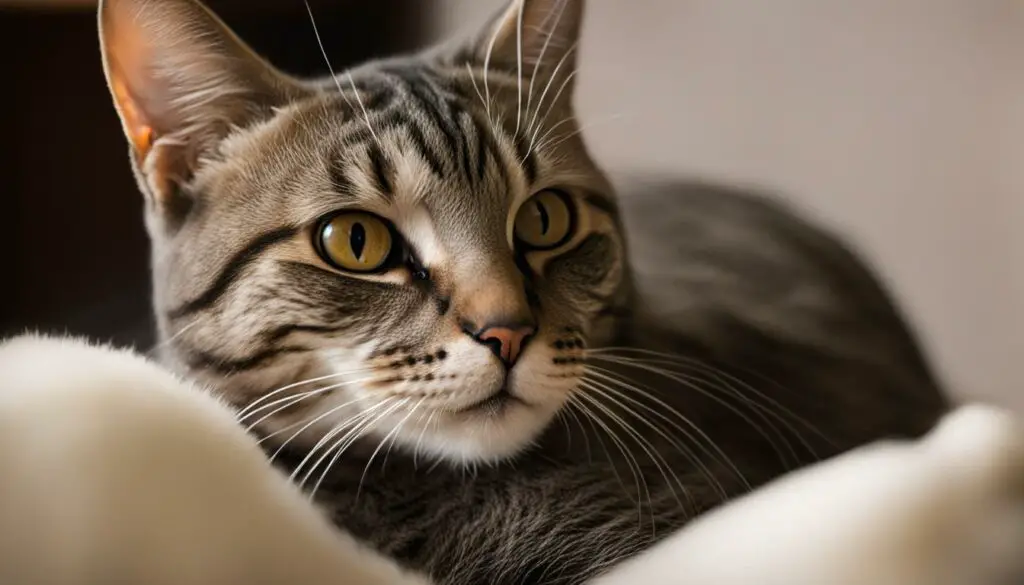I’m excited to share with you the fascinating world of cat neuter tattoos! These small, discreet tattoos serve an important purpose in indicating that a cat has been spayed or neutered. Let’s dive into the details of this fascinating process and explore the benefits of cat neutering.
Key Takeaways:
- Cat neuter tattoos are small, discreet tattoos applied to spayed or neutered cats.
- The tattoos help prevent future surgeries and confusion about a cat’s reproductive status.
- Neutered cats are less likely to display aggressive or territorial behaviors and are less likely to roam.
- Cat neutering plays a crucial role in controlling the cat population and reducing health issues.
- Veterinarians are essential in the application of cat neuter tattoos and providing proper care.
Why is a Cat Neuter Tattoo Necessary?
A cat neuter tattoo is an essential identification method to prevent future surgeries and accurately identify spayed or neutered cats. While the absence of testicles in male cats may indicate neutering, some cats may have retained testicles, making it difficult to visually confirm their reproductive status. Additionally, scars from spay or neuter surgeries can fade or be challenging to distinguish from other marks on a cat’s body.
A cat neuter tattoo provides a clear and permanent indication that a cat has been spayed or neutered, eliminating any uncertainty. This is particularly vital for shelters, rescues, and owners who need to make decisions about a cat’s reproductive status. The tattoo decreases the risk of unnecessary surgeries and increases the acceptance of cats into adoption programs.
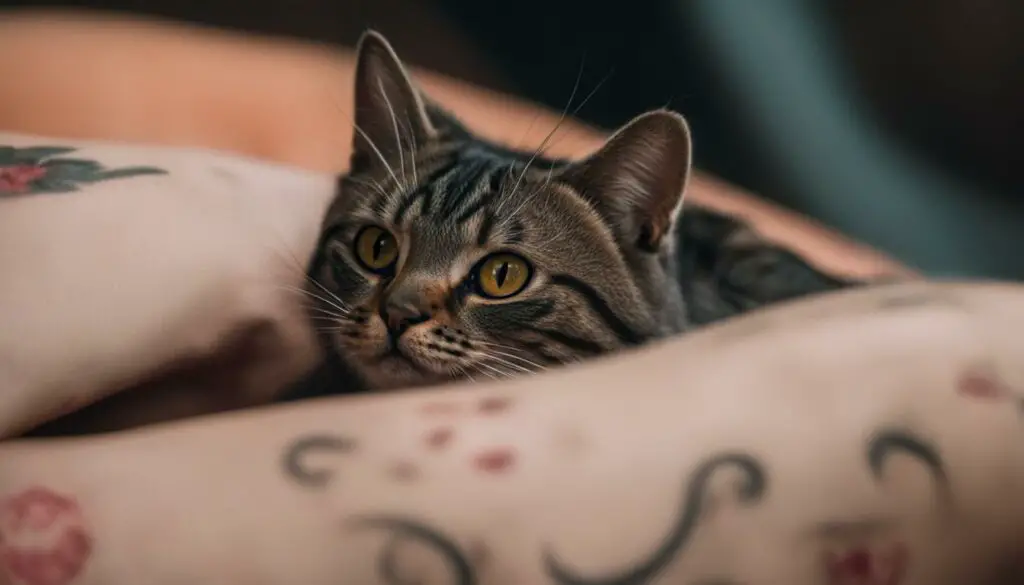
Table: Comparison of Identification Methods for Spayed or Neutered Cats
| Identification Method | Advantages | Disadvantages |
|---|---|---|
| Cat Neuter Tattoo | Provides a permanent and clear indication of spayed or neutered status | Requires a qualified veterinarian to apply the tattoo |
| Scars from Surgery | Can be visible and easily identified immediately after surgery | Fades or becomes difficult to distinguish over time |
| Ear Notching | Effective method for feral or free-roaming cats | Not suitable for indoor or owned cats |
| Microchipping | Provides electronic identification that cannot be altered or lost | Requires scanning equipment to retrieve information |
By using a cat neuter tattoo as a reliable confirmation of a cat’s spay or neuter status, unnecessary exploratory surgeries and potential confusion can be avoided. The tattoo ensures accurate information about a cat’s reproductive capabilities, leading to informed decisions about adoption and medical care. Overall, cat neuter tattoos are crucial in preventing future surgeries and promoting responsible pet ownership.
The Benefits of Cat Neutering
Neutering cats offers numerous benefits for both individual cats and the population as a whole. When cats are neutered, they are less likely to exhibit aggressive or territorial behaviors, which helps reduce the risk of fights and injuries. Neutered cats are also less likely to roam, decreasing their chances of getting lost or injured outdoors.
Furthermore, neutering plays a crucial role in preventing certain reproductive-related health issues in cats. Female cats that are spayed have a lower risk of developing uterine infections and certain types of cancer. Male cats that are neutered have a decreased risk of testicular cancer. By preventing these health issues, neutering helps ensure that cats lead healthier and longer lives.
In addition to the individual benefits, cat neutering plays a significant role in controlling the cat population. By reducing the number of mating cats, neutering helps prevent unwanted litters and the proliferation of homeless and feral cats. This is particularly important in areas with limited resources or high cat populations, as it helps alleviate the strain on animal shelters and rescue organizations.
The Cat Neutering Process
When it comes to the cat neutering process, it involves a surgical procedure that removes the reproductive organs of a cat. This surgery is typically performed under general anesthesia, with close monitoring of the cat throughout the procedure. For female cats, a small incision is made in the abdomen, while for male cats, the incision is made in the scrotum. The surgery itself is relatively quick and straightforward, but it is essential to ensure the cat’s safety and comfort during the process.
After the surgery, cats require proper aftercare to ensure a smooth recovery. This includes managing their pain with appropriate medication and monitoring the incision site for any signs of infection. It is also necessary to restrict their activity to allow for proper healing. This may involve keeping the cat in a confined space or using an Elizabethan collar to prevent them from licking or scratching the incision site. The duration of the recovery period may vary depending on the individual cat and their overall health.
It is important to note that the cat neutering process should always be performed by a qualified veterinarian. Veterinarians have the expertise and experience to perform the surgery safely and effectively. They also provide guidance on the aftercare and monitor the cat’s progress during the recovery period. By entrusting the neutering process to a veterinarian, cat owners can ensure the best possible outcome for their furry companions.
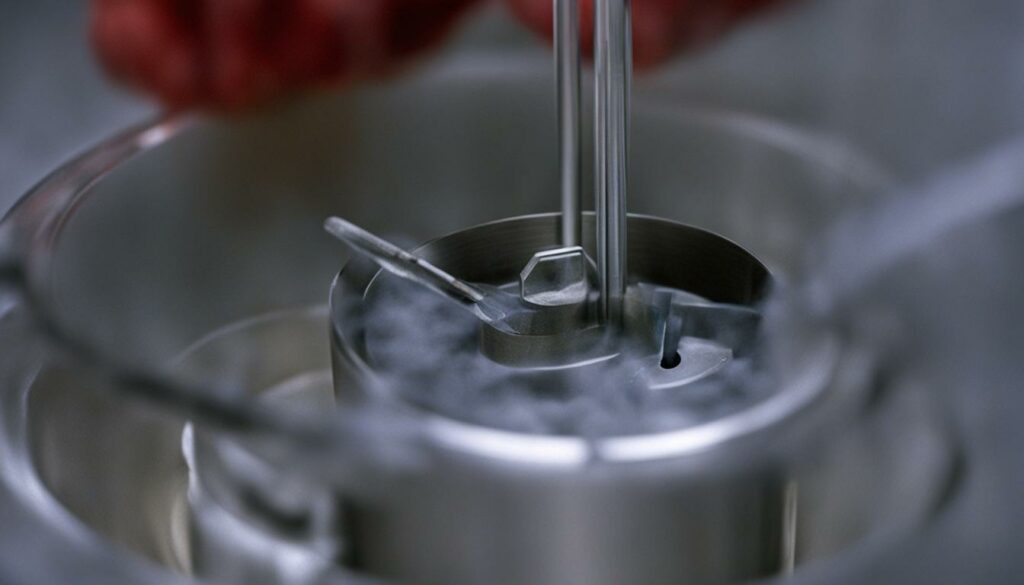
Table: Cat Neutering Process Overview
| Step | Description |
|---|---|
| Anesthesia | The cat is placed under general anesthesia to ensure a painless procedure. |
| Surgical Incision | A small incision is made in the abdomen (for female cats) or scrotum (for male cats) to access the reproductive organs. |
| Removal of Reproductive Organs | The veterinarian removes the ovaries and uterus (for female cats) or testicles (for male cats) to prevent reproduction. |
| Incision Closure | The incision is carefully closed using sutures or surgical glue to promote proper healing. |
| Aftercare | Cats require post-operative care, including pain management, incision site monitoring, and restricted activity. |
Why Use a Tattoo for Cat Neutering Confirmation
When it comes to confirming a cat’s spay or neuter status, a tattoo can be a reliable and effective method. Unlike scars from surgery, which can fade or be difficult to distinguish, a small, discreet tattoo provides a clear indication that a cat has been spayed or neutered. This is especially important for shelters, rescues, and owners who need to make informed decisions about a cat’s reproductive status.
The tattoo serves as a permanent mark near the surgical site, making it easy to identify whether a cat has been neutered or not. This simple tattoo can prevent unnecessary exploratory surgeries and ensure accurate information about a cat’s reproductive status. By confirming a cat’s spay or neuter status with a tattoo, veterinarians and caregivers can provide appropriate medical care without the need for invasive procedures.
Using a tattoo for cat neutering confirmation is particularly valuable in cases of cryptorchidism, where the testicles of a male cat fail to descend into the scrotum. In these cases, identifying whether a male cat has been neutered becomes crucial, and a tattoo is a clear and visible way to indicate their sterilization status.
| Cat Neuter Tattoo Benefits: | |
|---|---|
| Clear Indication: | A tattoo provides a visible mark that accurately confirms a cat’s spay or neuter status. |
| Prevents Unnecessary Surgeries: | By eliminating confusion or uncertainty, a tattoo helps prevent unnecessary exploratory surgeries. |
| Accuracy: | A tattoo is a reliable method to confirm a cat’s reproductive status, ensuring informed decisions about their care and adoption. |
| Permanent Mark: | A tattoo remains visible throughout a cat’s life, providing a long-lasting confirmation of their sterilization status. |
The use of cat neuter tattoos has gained popularity and recognition as an effective means of confirming a cat’s spay or neuter status. It eliminates ambiguity and provides peace of mind for shelters, rescues, and owners who want to ensure responsible pet ownership. By utilizing this simple tattoo, we can make a significant impact in reducing the number of homeless and feral cats while ensuring the well-being of each individual feline.
Additional Methods for Identifying Spayed or Neutered Cats
In addition to cat neuter tattoos, there are other methods for identifying spayed or neutered cats. These methods provide additional confirmation of a cat’s sterilization status and can be particularly useful in various situations.
Ear Notching
Ear notching or ear tipping is a common technique used in feral or free-roaming cats. It involves removing a small portion of the ear, leaving a distinct notch or flat edge. This visible mark indicates that the cat has been spayed or neutered and helps prevent unnecessary surgeries. Ear notching is especially helpful in situations where close-up examination of the cat’s body is not feasible or difficult.
Microchips
Microchipping is another method that can indicate if a cat has been spayed or neutered. A unique serial number is implanted under the cat’s skin, providing information about their sterilization status. Microchips are a reliable and permanent form of identification, as they cannot be lost or removed like collars or tags. This method is commonly used in domestic cats and ensures accurate confirmation of a cat’s reproductive status.
In conclusion, cat neuter tattoos serve as a reliable and visible confirmation of a cat’s spay or neuter status. However, in addition to cat tattoos, ear notching and microchipping are alternate methods that can provide further assurance of a cat’s sterilization status. These additional methods help ensure accurate identification of spayed or neutered cats, contributing to responsible cat ownership and population control efforts.

Cryptorchidism and the Importance of Tattoos in Male Cats
Cryptorchidism is a condition that occurs in male cats when their testicles fail to descend into the scrotum and instead remain in the abdomen. This condition can pose various health risks and complications for cats, including an increased risk of testicular cancer. Identifying whether a male cat has been neutered becomes crucial in such cases to ensure appropriate medical care. This is where cat neuter tattoos play a vital role.
A cat neuter tattoo provides a clear and permanent indication of a male cat’s sterilization status. By having a visual mark near the surgical site, veterinarians, shelters, rescues, and owners can easily identify if a male cat has been neutered, even if their testicles have not descended. This prevents the need for unnecessary exploratory surgeries and ensures that the cat receives the appropriate medical attention based on their reproductive status.
The importance of cat neuter tattoos for male cats with cryptorchidism cannot be overstated. These tattoos eliminate any confusion or uncertainty about a cat’s sterilization status and help streamline decision-making regarding their medical care. By avoiding unnecessary surgeries and providing accurate identification, cat neuter tattoos contribute to the overall well-being of male cats and ensure they receive the necessary attention and treatment they deserve.
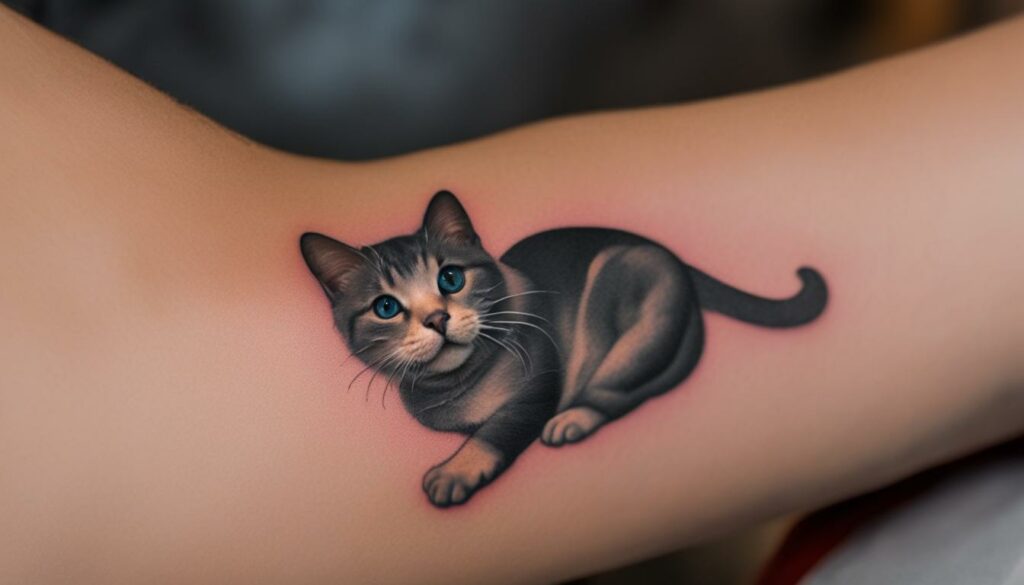
The Importance of Cat Neuter Tattoos for Rescue Organizations
Cat neuter tattoos play a crucial role in rescue organizations and shelters. Many of these organizations have limited resources and need to make decisions based on the cost of care for each animal. A cat with a clear neuter tattoo can be more easily identified as being spayed or neutered, making them more likely to be chosen for adoption. This helps reduce the risk of euthanasia and increases the chances of finding a permanent home for the cat. Cat neuter tattoos provide a visible and reliable confirmation of a cat’s sterilization status, ensuring their well-being and increasing their chances of adoption.
When rescue organizations have limited resources, it is essential to prioritize the animals that require the least amount of medical care. A cat neuter tattoo allows these organizations to quickly identify which cats have already been spayed or neutered, saving them time and money on unnecessary surgeries. Additionally, having a clear indication of a cat’s sterilization status can help potential adopters make informed decisions about the cats they choose to bring into their homes.
Rescue organizations often have high volumes of animals to care for, and accurate identification is crucial for proper record-keeping and medical care. A cat neuter tattoo provides a permanent and visible mark that can be easily recognized by staff and volunteers, ensuring that the cats receive the appropriate care and treatments. By using tattoos as a confirmation of spay or neuter status, rescue organizations can streamline their processes and make more efficient use of their resources.
| Benefits of Cat Neuter Tattoos for Rescue Organizations |
|---|
| Increased chances of adoption |
| Reduction in euthanasia rates |
| Cost-saving on unnecessary surgeries |
| Effective record-keeping and medical care |
Overall, cat neuter tattoos provide rescue organizations with a reliable and efficient method of identifying spayed or neutered cats. They help reduce costs, increase adoption rates, and ensure the well-being of the animals in their care. By embracing the use of cat neuter tattoos, rescue organizations can make a positive impact on the lives of shelter cats and contribute to the overall goal of reducing the homeless cat population.
The Role of Veterinarians in Cat Neuter Tattoos
As a veterinarian, I play a crucial role in the application and effectiveness of cat neuter tattoos. My primary responsibility is to perform the spay or neuter surgeries on cats, ensuring their well-being throughout the procedure. During the surgery, I closely monitor the cat’s vital signs and administer appropriate anesthesia for a painless experience. Once the surgery is complete, I take the necessary steps to ensure a smooth recovery for the cat.
Applying a cat neuter tattoo is typically done after the surgery while the cat is still under anesthesia. This timing ensures a seamless process and minimizes any discomfort for the cat. The tattoo serves as a visible and permanent mark to indicate that the cat has been spayed or neutered, eliminating any confusion about their reproductive status. It also helps prevent unnecessary exploratory surgeries, as the tattoo provides clear and accurate information about the cat’s sterilization status.
As part of my role, I also provide guidance on the aftercare of cats with neuter tattoos. This includes managing pain, monitoring the incision site for any signs of infection, and advising on the appropriate level of activity for a proper healing process. I ensure that the cats receive the necessary care and support, promoting their overall well-being and ensuring the effectiveness of the neuter tattoo.
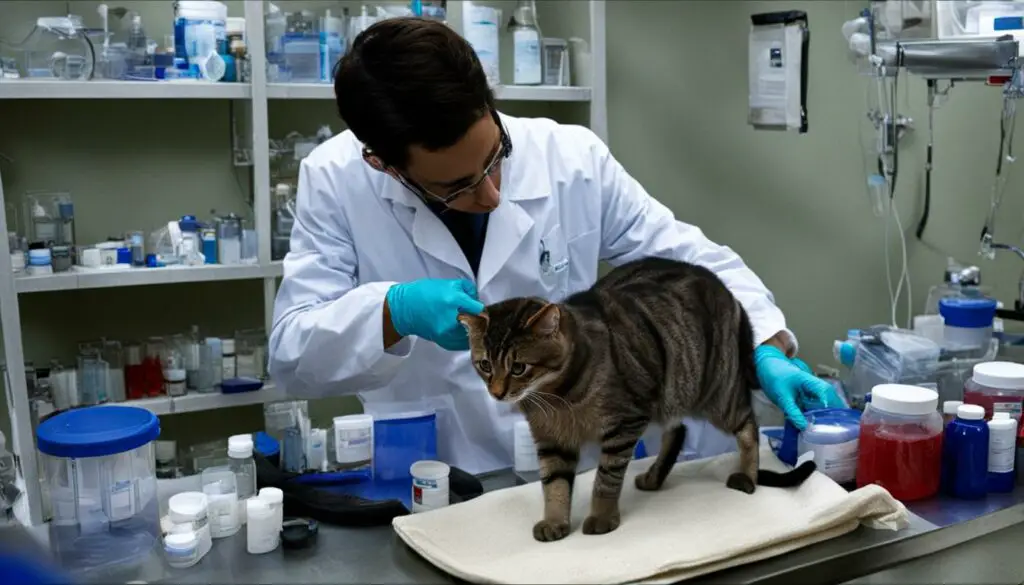
The Importance of Collaboration
Collaboration between veterinarians, rescue organizations, and shelters is vital in promoting the use of cat neuter tattoos. Together, we work towards the common goal of reducing the cat population, preventing unnecessary surgeries, and promoting responsible pet ownership. By providing accurate and reliable information about cat neutering and the significance of neuter tattoos, we empower owners to make informed decisions for their pets.
Through ongoing education and outreach programs, we can raise awareness about the benefits of cat neutering and the role of tattoos in confirming sterilization status. By working together, we can ensure that more cats receive the necessary surgery and the permanent mark of a neuter tattoo, ultimately contributing to the well-being of the feline population as a whole.
| Veterinarian’s Role in Cat Neuter Tattoos | Benefits |
|---|---|
| Perform spay or neuter surgeries | Prevents future surgeries |
| Apply cat neuter tattoos | Identify spayed or neutered cats |
| Provide aftercare guidance | Promotes proper healing |
| Collaborate with rescue organizations and shelters | Advocate responsible pet ownership |
The Growing Trend of Cat Neuter Tattoos
More and more cat owners, shelters, and organizations are recognizing the importance of spaying and neutering their feline companions. As a result, cat neuter tattoos have become increasingly popular in recent years. These small, discreet tattoos serve as a visible and permanent mark to indicate that a cat has been spayed or neutered. They play a vital role in preventing unnecessary surgeries and confusion about a cat’s reproductive status.
The increasing popularity of cat neuter tattoos can be attributed to the efforts of spay and neuter initiatives and the promotion of responsible pet ownership. Shelters and rescues are adopting these tattoos as a standard practice to ensure accurate identification of cats’ sterilization status. By having a visible mark, cats with neuter tattoos are more likely to be chosen for adoption, reducing the risk of euthanasia and increasing their chances of finding forever homes.
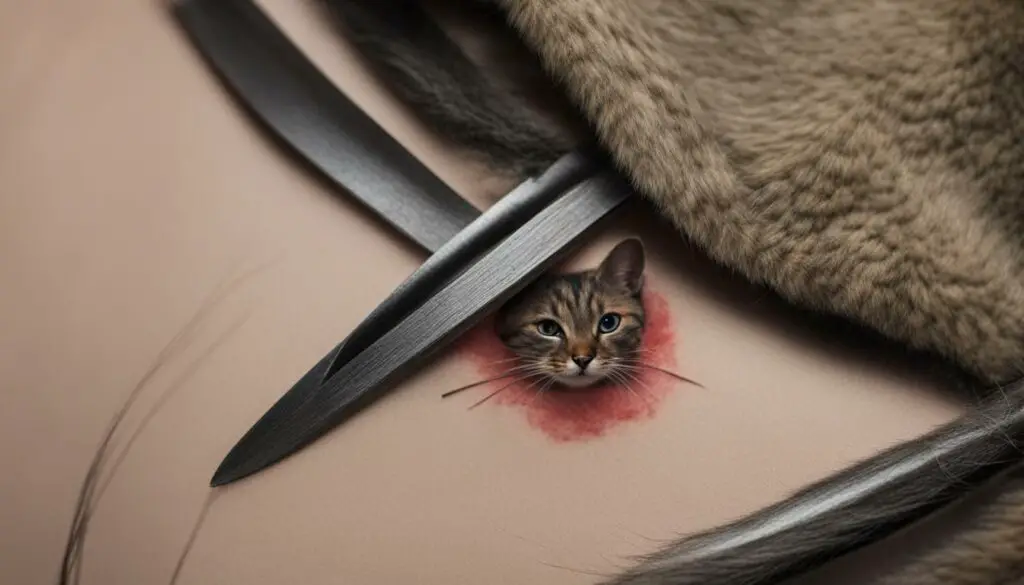
Spay and neuter initiatives, along with the growing awareness of cat overpopulation and the importance of preventing unwanted litters, have played a significant role in the increasing popularity of cat neuter tattoos. These tattoos provide a simple yet effective way to confirm a cat’s spay or neuter status, empowering individuals and organizations to make informed decisions about the care and adoption of cats. With the rising number of cats receiving these tattoos, it becomes easier to ensure responsible pet ownership and contribute to the overall well-being of the feline population.
Importance of Cat Neutering Education
As pet owners, it is our responsibility to ensure the well-being of our cats. One crucial aspect of responsible pet ownership is cat neutering. Unfortunately, many people are still unaware of the benefits of spaying or neutering their cats. That is why education about cat neutering is so important.
By providing cat owners with accurate information about the process and benefits of cat neutering, we can empower them to make informed decisions for their pets. It is essential to emphasize that cat neutering not only prevents unwanted litters but also has significant health benefits for cats. Neutered cats are less likely to display aggressive behaviors, are at a reduced risk of certain types of cancer, and have a longer and healthier lifespan.
Public education campaigns, veterinary guidance, and community initiatives all play a part in increasing awareness about the importance of cat neutering. By working together, we can ensure that more cats receive the necessary spay or neuter surgeries and prevent the overpopulation of cats. Through education, we can make a positive impact on the well-being of cats and promote responsible pet ownership.
| The Importance of Cat Neutering Education |
|---|
| Educates cat owners about the benefits of cat neutering |
| Empowers cat owners to make informed decisions for their pets |
| Prevents the overpopulation of cats |
| Reduces the risk of certain health issues in cats |
| Promotes responsible pet ownership |
By providing cat neutering information, we can help create a society where all cats have the opportunity to live happy, healthy lives. Let’s spread the word about the importance of cat neutering and make a difference for our feline friends.
The Role of Cat Neuter Tattoos in Preventing Unnecessary Surgeries
A cat neuter tattoo serves as a vital tool in preventing unnecessary surgeries for cats. By providing a clear indication of a cat’s spay or neuter status, veterinarians and caregivers can make informed decisions about a cat’s medical care without the need for exploratory procedures. This not only minimizes the risks and stress associated with unnecessary surgeries but also ensures that cats receive appropriate and efficient treatment.
Accurate identification plays a crucial role in streamlining the decision-making process. With a cat neuter tattoo, there is no ambiguity about a cat’s reproductive capabilities. This eliminates the need for additional diagnostic tests, such as ultrasounds or hormone level assessments, which can be costly and time-consuming. The tattoo acts as a permanent mark that provides a reliable and easily recognizable confirmation of a cat’s sterilization status.
Preventing unnecessary surgeries is not only beneficial for the individual cats but also contributes to the overall well-being of the feline population. By avoiding exploratory procedures, resources can be redirected towards more critical cases, ensuring that cats receive the necessary care promptly. This approach not only saves time and money but also helps alleviate the burden on veterinary clinics and shelters, allowing them to focus on providing optimal care for all animals in their care.
The use of cat neuter tattoos is a simple yet effective solution to prevent unnecessary surgeries. By accurately identifying a cat’s sterilization status, these tattoos provide a valuable tool for veterinarians, caregivers, and shelters. With their help, decisions regarding a cat’s medical care can be made with confidence, minimizing the need for additional invasive procedures and ensuring that cats receive the appropriate treatment they need to thrive.
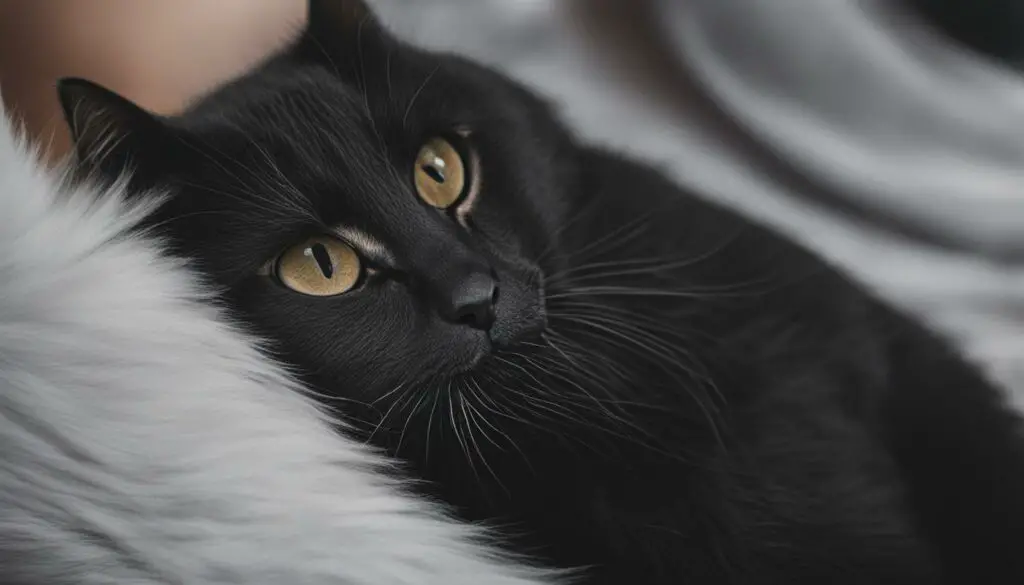
Table: Benefits of Cat Neuter Tattoos in Preventing Unnecessary Surgeries
| Benefits | Description |
|---|---|
| Accurate Identification | A cat neuter tattoo provides a clear and permanent mark that confirms a cat’s sterilization status, preventing confusion and unnecessary surgeries. |
| Cost and Time Savings | By eliminating the need for additional diagnostic tests, cat neuter tattoos save money and expedite the decision-making process. |
| Efficient Resource Allocation | By avoiding unnecessary surgeries, resources can be directed towards more critical cases, ensuring optimal care for all animals. |
| Confidence in Medical Decision-making | Cat neuter tattoos provide veterinarians, caregivers, and shelters with a reliable confirmation of a cat’s sterilization status, allowing for informed medical decisions. |
Conclusion
Cat neuter tattoos are a valuable and effective method for confirming a cat’s spay or neuter status. They provide a visible and permanent mark that prevents confusion about a cat’s reproductive capabilities, reducing the risk of unnecessary surgeries and increasing the chances of adoption.
By understanding the purpose and process of cat neuter tattoos, cat owners, rescue organizations, and veterinarians can work together to promote responsible pet ownership and ensure the well-being of cats. These tattoos serve as a reliable confirmation of a cat’s sterilization status, helping shelters and rescues make informed decisions about adoption and medical care.
Furthermore, cat neuter tattoos play a crucial role in preventing unnecessary exploratory surgeries for male cats with retained testicles, as well as ensuring accurate identification for female cats with faded or indistinguishable surgical scars. They provide a clear indicator of spay or neuter status, reducing the risk of confusion and facilitating effective decision-making.
With the increasing popularity of cat neuter tattoos, along with education and awareness campaigns, we can make significant strides in controlling the cat population, preventing health issues, and promoting responsible pet ownership. Let us embrace the benefits of cat neuter tattoos as a powerful tool in ensuring the well-being of our feline companions.
FAQ
What is a cat neuter tattoo?
A cat neuter tattoo is a small, discreet tattoo applied to a cat after they have been spayed or neutered. It serves the purpose of indicating that the cat can no longer reproduce.
Why is a cat neuter tattoo necessary?
A cat neuter tattoo is necessary to prevent future surgeries and potential confusion about a cat’s reproductive status. It helps shelters, rescues, and owners easily identify if a cat has been spayed or neutered.
What are the benefits of cat neutering?
Neutered cats are less likely to display aggressive or territorial behaviors, less likely to roam, and are protected against certain reproductive-related health issues. Neutering also helps control the cat population and reduces the number of homeless and feral cats.
What is the cat neutering process?
The cat neutering process involves a surgical procedure that removes the reproductive organs. It can be done under general anesthesia, and cats require proper aftercare for a smooth recovery.
Why use a tattoo for cat neutering confirmation?
A tattoo provides a clear, permanent mark that can be easily identified, eliminating uncertainty about a cat’s spay or neuter status. It helps prevent unnecessary surgeries and ensures accurate information about the cat’s reproductive capabilities.
Are there other methods for identifying spayed or neutered cats?
Yes, other methods include ear notching or tipping and microchipping, both of which provide indications of a cat’s spay or neuter status.
What is the importance of cat neuter tattoos for male cats with cryptorchidism?
Cat neuter tattoos provide a clear indication of sterilization status in male cats with retained testicles, preventing unnecessary exploratory surgeries and ensuring appropriate medical care.
How do cat neuter tattoos benefit rescue organizations?
Cat neuter tattoos help shelters and rescue organizations easily identify which cats have been spayed or neutered, increasing the chances of adoption and reducing the risk of euthanasia.
What is the role of veterinarians in cat neuter tattoos?
Veterinarians perform the spay or neuter surgeries and apply the tattoos while the cats are under anesthesia. They also provide guidance on aftercare and ensure the well-being of the cats.
Why are cat neuter tattoos becoming increasingly popular?
The increasing popularity of cat neuter tattoos is driven by efforts to promote responsible pet ownership and the recognition of their importance in preventing unnecessary surgeries and confusion about a cat’s reproductive status.
Why is cat neutering education important?
Educating cat owners about the importance of cat neutering helps reduce the cat population and prevent unnecessary health issues. It empowers owners to make responsible decisions for their pets.
How do cat neuter tattoos prevent unnecessary surgeries?
Cat neuter tattoos provide a clear confirmation of a cat’s spay or neuter status, eliminating the need for exploratory surgeries and ensuring accurate identification for informed decision-making about a cat’s medical care.

